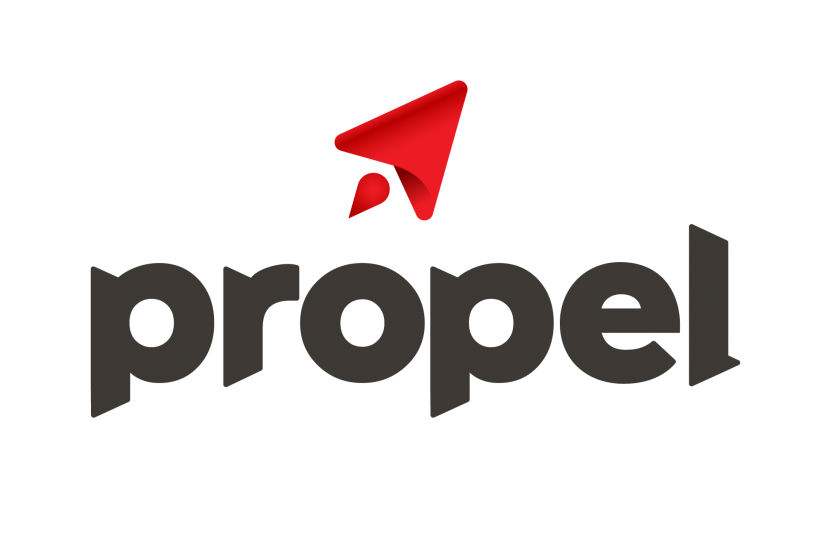Jason Pearson is a chemistry prof with a big sales job ahead of him.
Pearson is the Founder and CEO of Charlottetown-based Stemble, whose digital platform aids the remote teaching of chemistry to post-secondary students. The system is now used by 3,500 students at three Canadian universities.
By the time students return to class in September, he wants to increase penetration to 30 universities – a goal he says is ambitious but realistic. He said Stemble’s comprehensive selection of functions gives it an edge in a crowded market for software that helps professors teach courses remotely.
“It’s a really competitive space, but it’s really fragmented,” said Pearson, who teaches chemistry at University of Prince Edward Island. “All the big publishers have online products . . . There are a couple of other homework providers and some virtual lab providers There’s a swath of competitors. But there’s no one out there that has the breadth of coverage that we have . . . or can handle things as intelligently as we do.”
Stemble is a web-based e-learning platform for chemistry, and it grew out of Pearson’s need not only to teach students remotely, but also to understand where students were having difficulty.
As you would expect, the platform allows professors to offer curriculum over the internet, with text, assignments and examinations. But it also uses artificial intelligence to understand how each student is interacting with the curriculum, and what portions are giving them difficulty. It highlights whether the problem is weak math skills, difficulty grasping the theory or other problems.
“This proved to be a game-changer not just for students but also for faculty,” said Pearson, saying the platform helped him to be a better teacher. “For the first time, they had a bird’s eye view into where the strengths and weaknesses are in the classroom.”
What’s more, the AI functions have a predictive analytics component so it can flag early on – within two weeks – which students will find the course challenging. Pearson said this function will improve as more students use the system and provide more data.
Stemble also offers a virtual laboratory so students can do the lab work required in their courses while working remotely. Pearson says the goal is to be as realistic as possible. For example, if the student leaves the cap off a test-tube when heating a solution, the software will note that water is evaporating.
Pearson began using Stemble in his own teaching in the last school year, then relied on it heavily when COVID-19 hit. Through his connections with chemistry profs at other universities, he was able to sell the product to University of Windsor and Concordia University. The feedback from those institutions has helped the four-member Stemble team to hone the product.
Now he’s hoping to land 27 more institutions by the time universities open in the fall. Pearson would like to raise capital in the near future, though he did not provide specifics.
In the longer term, he hopes to expand Stemble’s product offering so it can be used by more students in more disciplines around the world.
“We’re limited to English-speaking institutions at the moment,” said Pearson. “The long-range plan really is to expand so it covers all of STEM and in as many languages as possible.”










